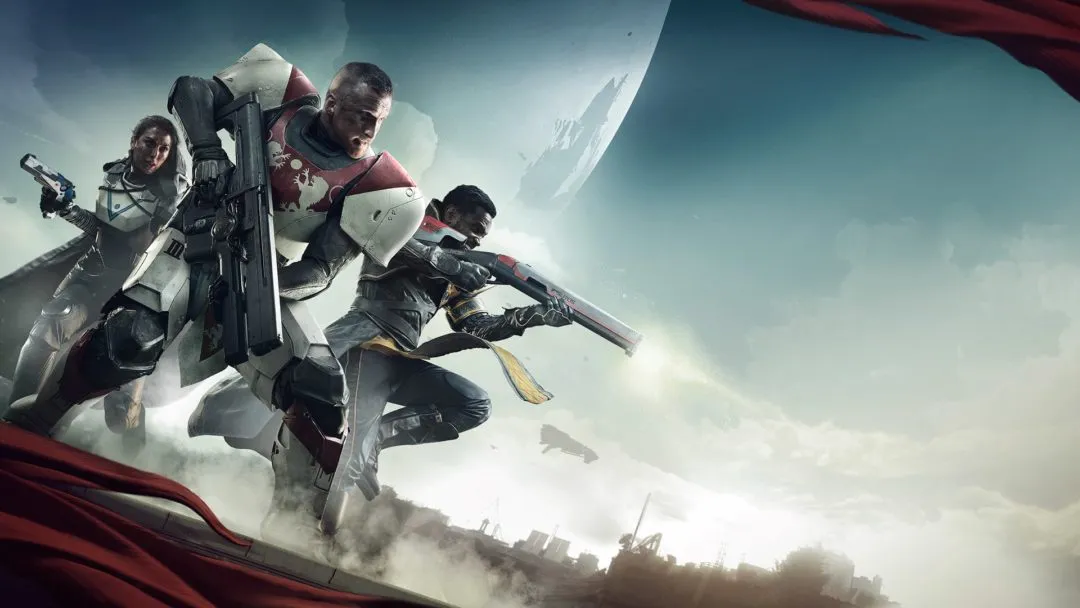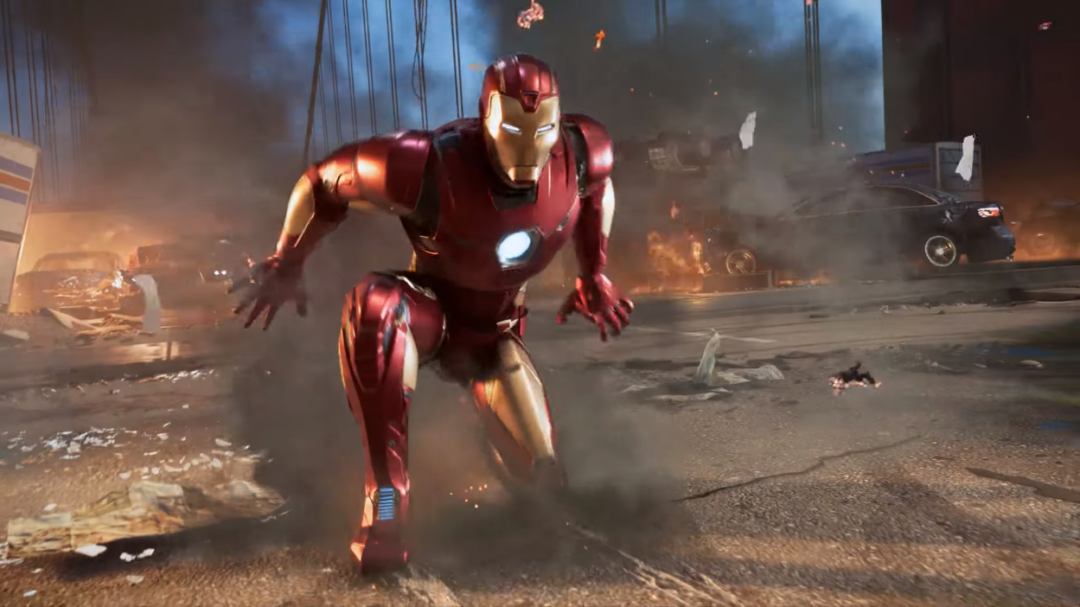
I’ve often used this space to complain that advancing graphics technology has made our games smaller and more linear, but I’ve never gone into detail as to why. Someone recently asked me why it’s so much more expensive to just add a few more levels to a first-person shooter type game. I mean, the engine is finished and you’ve already made all the bad guys, so why not just make a few more rooms with more guys?
It’s a reasonable question. Let’s look at this by comparing the recent Deus Ex: Human Revolution to the original Deus Ex. These two titles are in the same series, same genre, have similar gameplay, but have vastly different size and scope because of the technology that was used to make them. The original is many times larger than the Deus Ex: New Hotness, but the latter game took many times longer to make.
Let’s look at the work that goes into making one “room” worth of gameplay. (Not necessarily a room per se, but any space where you enter, have some combat gameplay of some sort, and leave again.) Note that I didn’t work on either game, and am basing all of this on generalized knowledge of graphics engines and art pipelines.
Making the space
If you look at the original, you’ll see that rooms are often very square, as if they were made from elongated cubes. This is because they were made from elongated cubes. A cube room was fine in the year 2000, but would look ugly and primitive in today’s world of more realistic graphics technology. In the real world, rooms have baseboards that stick out from the wall. Likewise for doorways, which have frames and thresholds. Windows used to be a simple cube hole in a wall with a flat “pane of glass” texture in the hole, but now windows need frames and sills. If there are support pillars in the room, these need to be rounded off and have additional detail around the base.
All of this sounds like really trivial stuff, and it is. It’s not a tough job from a 3D modeling standpoint, but we’re talking about a job that used to take one minute and now takes an hour.
Filling the space
We need furniture, and we need more of it. (Furniture means anything to fill the space – tables, vending machines, cars, metal detector gates, etc.) In the old days it was acceptable to have large empty rooms. (In Deus Ex, the dive bar in Hell’s Kitchen was a great example of this. The open space in the middle of the room was big enough to set up a game of deck hockey.) Now those void spaces look odd, and we need to fill them with all the little bits of detail that people expect to see in a real setting.
This furniture takes time to make. It’s no longer acceptable to have just one or two couches for the whole world. Now interior spaces have intentional decor, and the couch in the slums needs to be different than the couch in the CEO’s office, which needs to be different from the couch in the waiting room. Furniture is no longer Minecraft-styled cubist stuff. It needs to look like the real thing, and that takes longer for the same reason that a Norman Rockwell painting takes longer than a Charles Schultz doodle.
Populating the space
In Deus Ex, the minor NPC’s just had faces drawn onto the front of their heads. They stood still in a single pose and their voices floated from their motionless heads like they were all master ventriloquists. The more detailed NPC’s had simple puppet mouths with moving lips in front of clenched teeth. That was fine at the time. Heck, we were delighted to even have non-combat characters in those days. But if you try this with a modern, near-photorealistic character it will look very creepy. If characters speak without moving their lips, it will look like a bug. So you need to add lip syncing for every line of dialog. Every hobo, every bank teller, every scientist, every businessman that blurts out a single line of dialog now needs to have a fully articulated mouth with all the moving parts, and with animations to accompany every sentence.
Also, these people need little cues for how to move. People who have played Oblivion can tell you how unsettling it is to have a realistic human-ish character emote lines of dialog while standing at attention and staring dead-eyed into space. They need to lean or slouch or fidget in place, and their eyes and head need to move around as they speak.
Worse, people now have a much lower tolerance for re-used character models. Playing Deus Ex: Attack of the Clones was fine in 2000, but if you have a section of the city populated entirely by copies of the same two hobos then players will complain about how cheap it is.

Pathing the space
In the old days, the level designer just dropped path markers around the level to show the bad guys where they could go. When a fight started, the bad guys would follow this trail of invisible breadcrumbs to the player. Now it’s much more complicated. Bad guys need to understand where cover is, what objects can be vaulted over, and where the destructible objects are. They need to understand vantage points. (Shooting at the player from the upper catwalk is better than running downstairs to play peek-a-boo over the bank of computer consoles.) The AI needs clues as to which cover nodes point in which direction, so that they don’t take cover on the wrong side of an object or go into cover where they can’t shoot at the player. AI has come a long way in the last ten years, but it hasn’t come so far that the enemies can figure this stuff out for themselves. The level designer must set all of this up.
Scripting the space
In the really old days back when Doom and Quake roamed the earth, elevators were nothing more than cubes that went up when stepped on, waited for a second or two, and then came back down. They were wonderfully easy to set up, and if the level designer was feeling really fancy they might throw a button in there.
Now we have elevators that are expected to behave like their real-world counterparts. Call buttons, moving doors, floor selection. There needs to be a bunch of checks and safeguards so that it works right when things go wrong. (What if the player stands in the door as it closes? What if an NPC is trying to reach the player on the elevator? What if the player selects a floor and then jumps off the elevator again?) Plus, it’s more or less expected that videogame elevators should have windows with lights outside so the player can experience some sense of motion while in transit.
We need to set up all those hackable keypads and link them to whatever doors they open. We need to set the soda machine to dispense drinks, the toilet to flush, the lights to go on and off, the phones to play messages, the computers to display things or respond to player input, metal detectors to beep, televisions to change stations or turn off, the fountain in the lobby to have flowing water, and all of the other details that make these modern worlds feel so much more alive.
All of this takes programming / scripting to make it work right. Every level becomes a little game world in its own right, with unique code and interactions that usually can’t be reused elsewhere.
The cost of space
Every step towards photo-realism brings with it a cost in fidelity. It’s fine if the people of Hyrule don’t blink, or if Mario doesn’t get dirty during his adventure, or if Jade of Beyond Good & Evil doesn’t see a shimmering reflection of herself in a small puddle. But in a world shooting for gritty realism, increasingly extreme steps need to be taken to keep the visuals from plunging into the uncanny valley.
Looking over this list, we’re talking about things that are a ten or even twenty-fold increase in work. It’s more than ten times the effort to create the same “one room” of playable game area that the player will inhabit for about a minute. This should explain why today it costs five times as much to make a game that’s one-fourth the size.
This is a big part of why I’m really glad that this console generation is lasting so long. Sure, it’s possible right now for Microsoft or Sony to roll out a console that’s far more powerful than what we’re used to, but I don’t think most developers can afford to make games at the next graphical level. Heck, most of them can barely afford the one we’re on now.
Shamus Young is the guy behind Twenty Sided, DM of the Rings, Stolen Pixels, Drawn To Knowledge, and Spoiler Warning.





Published: Jan 13, 2012 10:00 pm